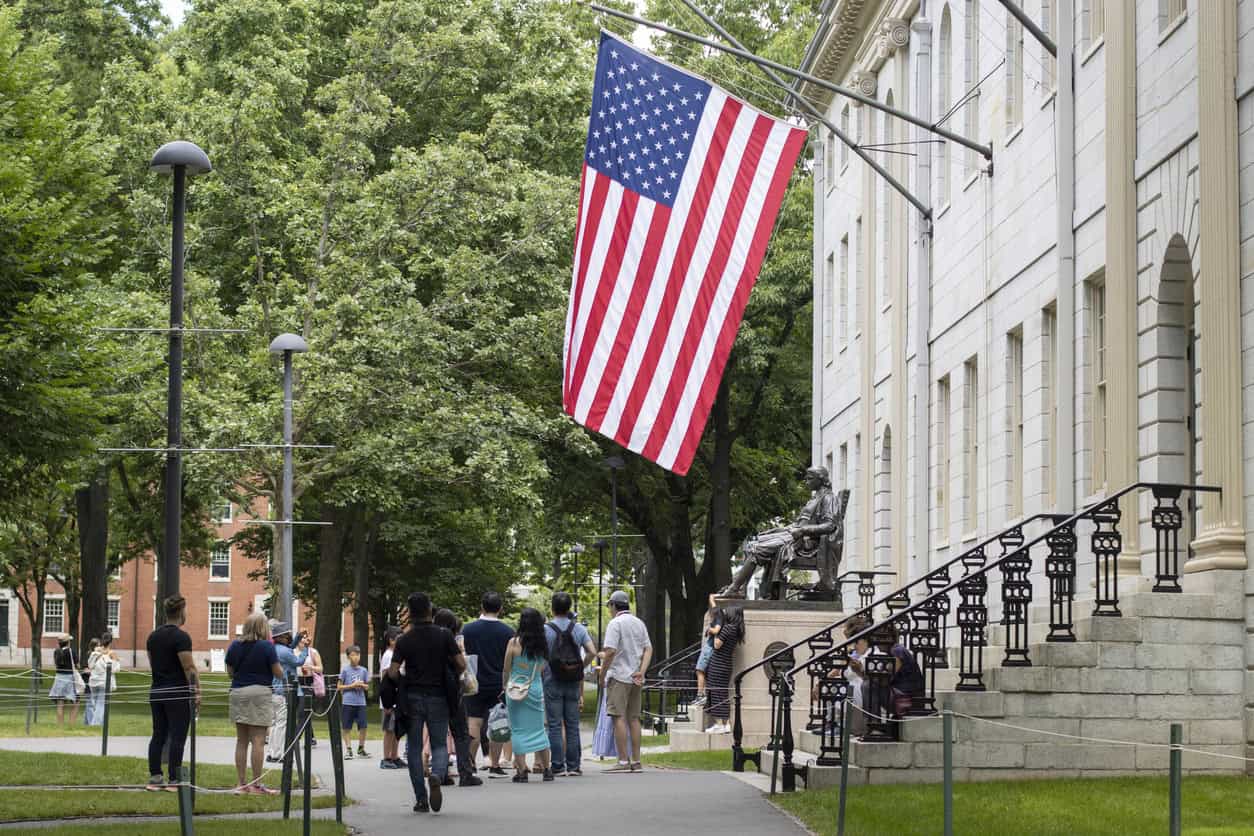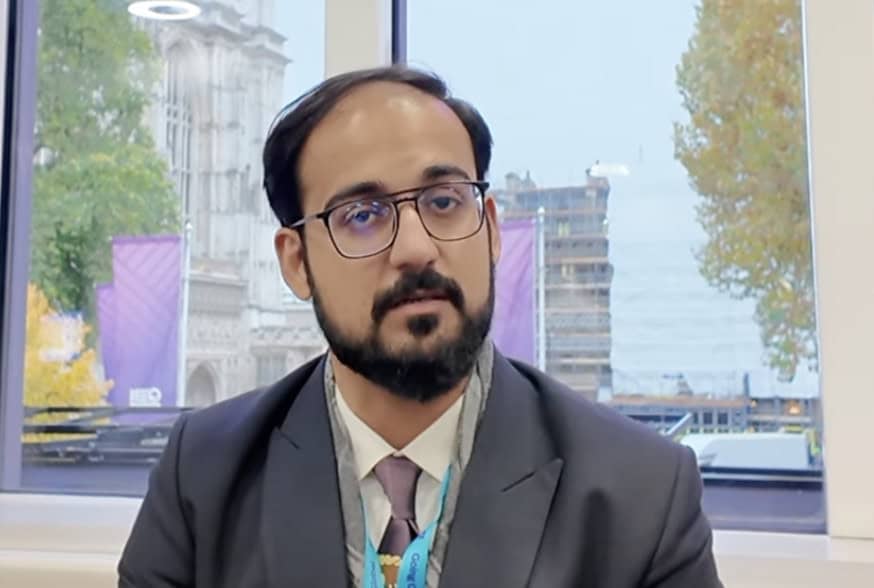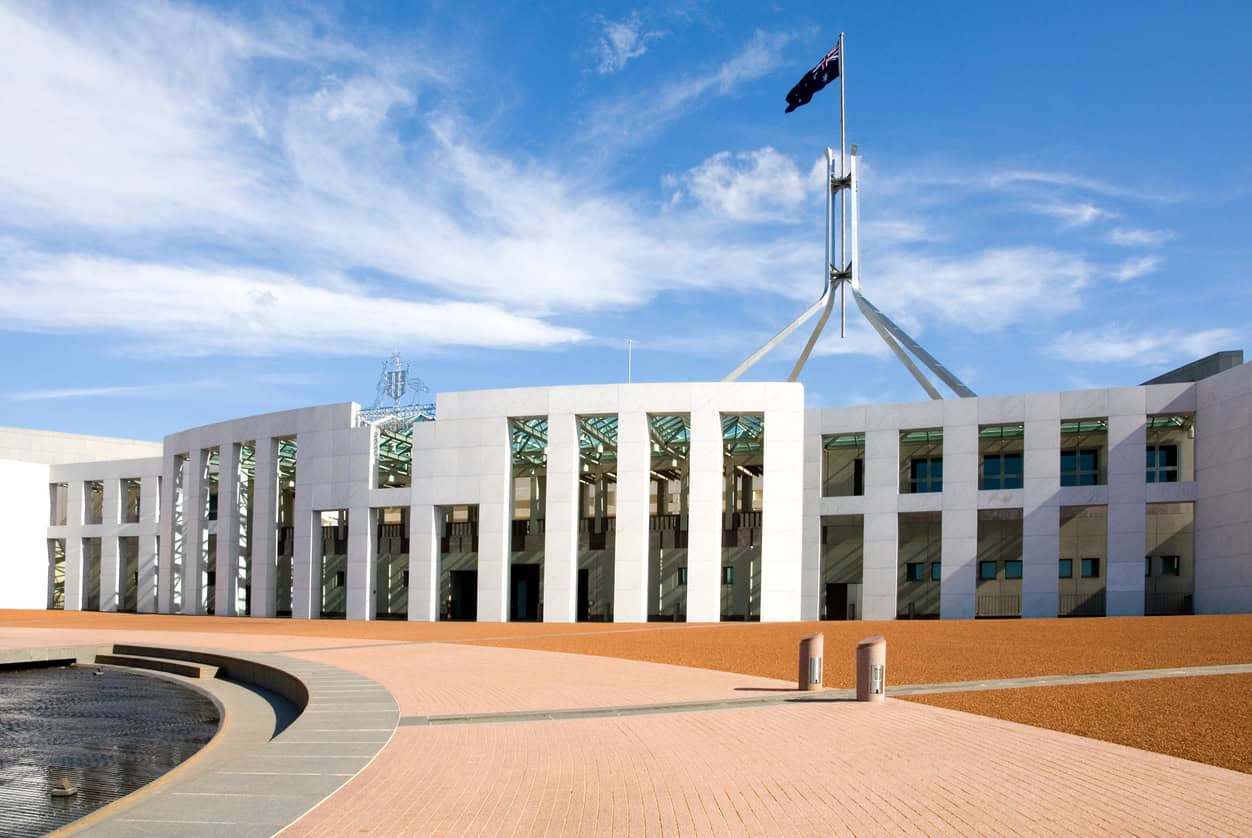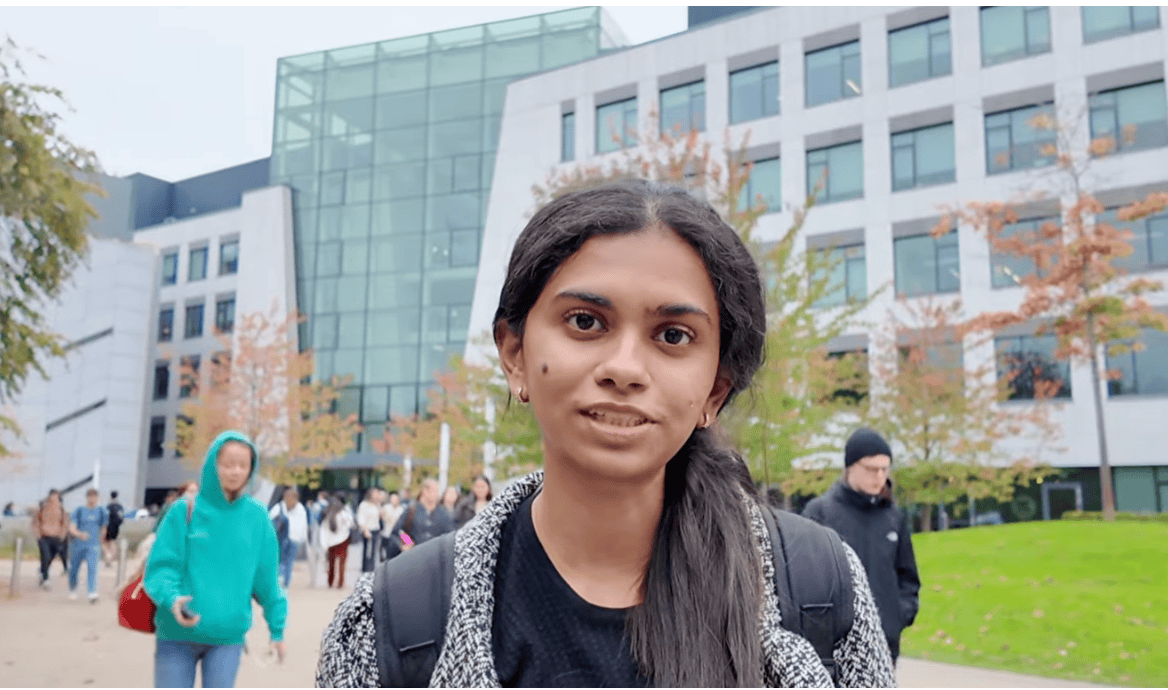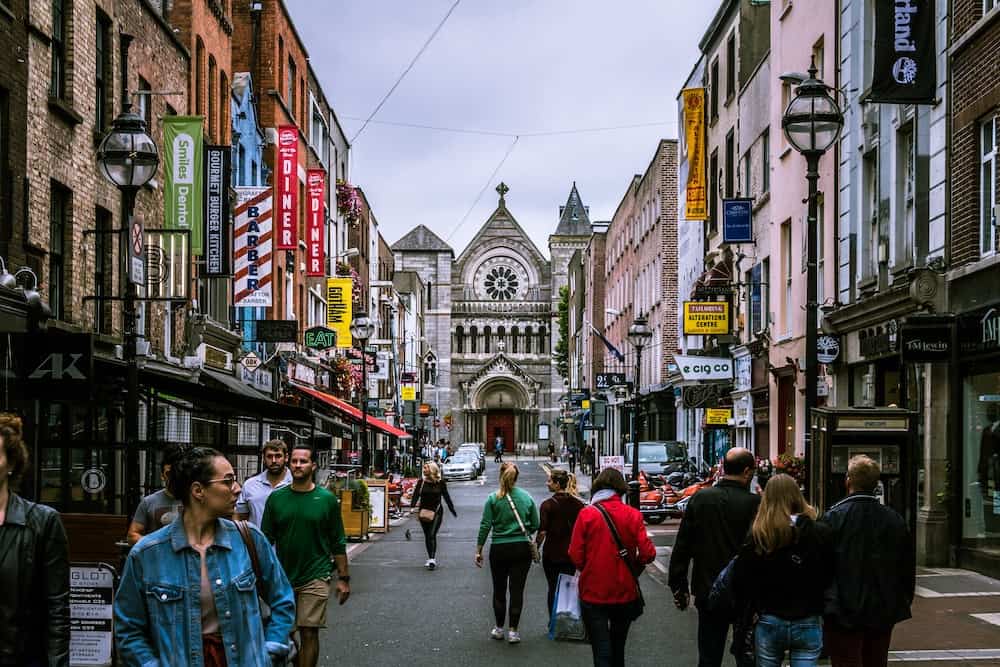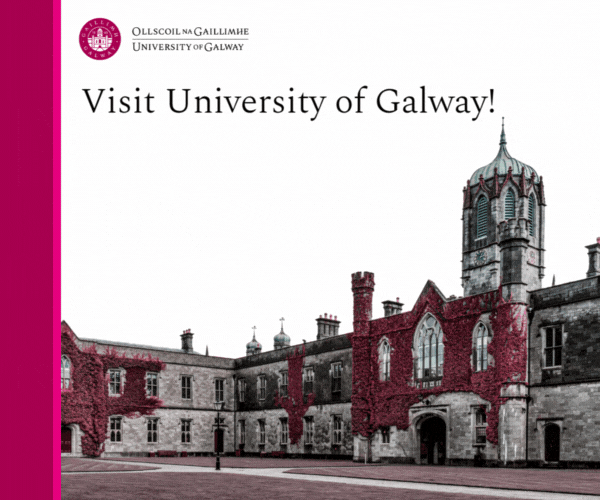It’s that time of year again. On streets and in shops across the UK this, someone will have been be selling poppies. And today, on Remembrance Sunday, at War Memorials from tiny villages to Whitehall, people will gather for a period of silence. A moment to reflect, to remember.
For me personally, there is a family connection. My paternal great-grandfather was killed in WWI, leaving four young children. His name is on the vast Tyne Cot memorial in Belgium, one of 35,000 of the missing who died in the Ypres Salient after August 16, 1917, and have no known grave.
But I also think of another memorial, the one I gathered around for the years I worked at Sheffield University. This is the moving tribute to the students and staff who lost their lives in two World Wars.
This carved stone monument at the University’s core was once located in the original library, and it contains arguably the most sacred and painful book in its collection – a Book of Remembrance.
Sheffield University had its own battalion in WWI and it was almost completely destroyed on the first day of the Battle of the Somme in 1916. Some 512 young men lost their lives in a single day. I was once given permission to lift off the glass cover and open the book. It was shocking, each page crammed full of so many hundreds of names.
For many of those students, hopefully joining up and travelling to France was the first time they had been overseas, just as it was for my great-grandfather. He left his mining village on the unluckiest of journeys – first to Gallipoli where he was gassed, and then to France where he died in the mud.
Today, students have a very different opportunity for travel, for connection. A century after my great-grandfather died, I have travelled the world in peacetime thanks to international education. I’ve been to Delhi and seen the vast war memorial at India Gate with its eternal flame and walls of other names – Hindu, Sikh, Muslim. I have friends from China whose relatives long ago would have dug the trenches as part of as part of the 140,000 strong Chinese Labour Corps for the British and French armies.
Remembrance Day isn’t a British only tradition – a whole world was drawn into those terrible events.
What international students teach us now
And I have international students friends who don’t need a poppy to remind them to remember because they come from countries with current experience of conflict.
Who are they? A refugee scholar from Syria working on environmental sustainability. A Gaza scholar who rejects the language of resilience and uses her research to build deep understanding. A friend in Singapore who has family in Russia and Ukraine. And the Afghan scholars who have become not only friends but family, those who teach us all that the peace to sit with your loved ones and share a meal is never to be taken for granted. That for young girls and women to access education, university, careers and have choices is a right hard won that must be cherished. Each of them is also my teacher.
As the world changes, nationalism grows and spheres of influence are fortified by economic and literal weapons, those who understand one another are more important than ever
And this is also why I believe in international education. Peace takes understanding. It takes work. As the world changes, nationalism grows and spheres of influence are fortified by economic and literal weapons, those who understand one another are more important than ever.
It is a tragedy that language courses close because, as John le Carré said, learning a language is an act of friendship. But international education in all its forms is also what my NISAU friends call a ‘living bridge’.
Whether it happens through traditional programmes of overseas study, short courses, institutional partnerships, TNE or internationalisation at home, global education offers a precious opportunity to meet in peace. To gain a perspective not only on what others think and how they see the world, but about yourself.
Why it matters that #WeAreInternational
When years ago we founded a campaign called #WeAreInternational , it was a statement not about a structure of higher education but about who we are and want to be. It doesn’t mean abandoning your identity, it means opening it up to possibility. That is in itself an education.
John Donne famously wrote that no man is an island but that we are deeply connected to one another, all of us connected to the continent. And when others are harmed, we are all diminished. That the bell that tolls for any life is ringing for humanity too.
On Remembrance Sunday this year, as we are urged never to forget, there is also an implicit call to action – not to wage war but to build peace. How do we do that? Nobody is pretending it’s easy, but I think the education we are privileged to support has a very human part to play.
I think of the words of my Afghan scholar friend Naimat speaking at City St George’s University of London to students earlier this week. As the minute’s silence begins on today, I will think of my great-grandfather Robert, the lost students of Sheffield University, and the words of this international student who knows of what he speaks.
To achieve peace at all times, we must do three things:
- Acknowledge the past: we must study and accept the hard lessons, the disconnected dots, and the mistakes of history.
- Act in the present: we must stand up against injustice wherever it occurs, recognising that a violation of human rights in one corner of the world eventually casts a shadow over all of us.
- Prioritise the future: we must commit to sustained dialogue – not just talk, but a genuine exchange of ideas where all voices, especially the most marginalised, are heard and valued.
Dialogue, he says, is the non-violent tool we possess to sustain peace. It is how we convert fear into understanding, and resentment into cooperation. And international education offers a precious and powerful opportunity for both.





